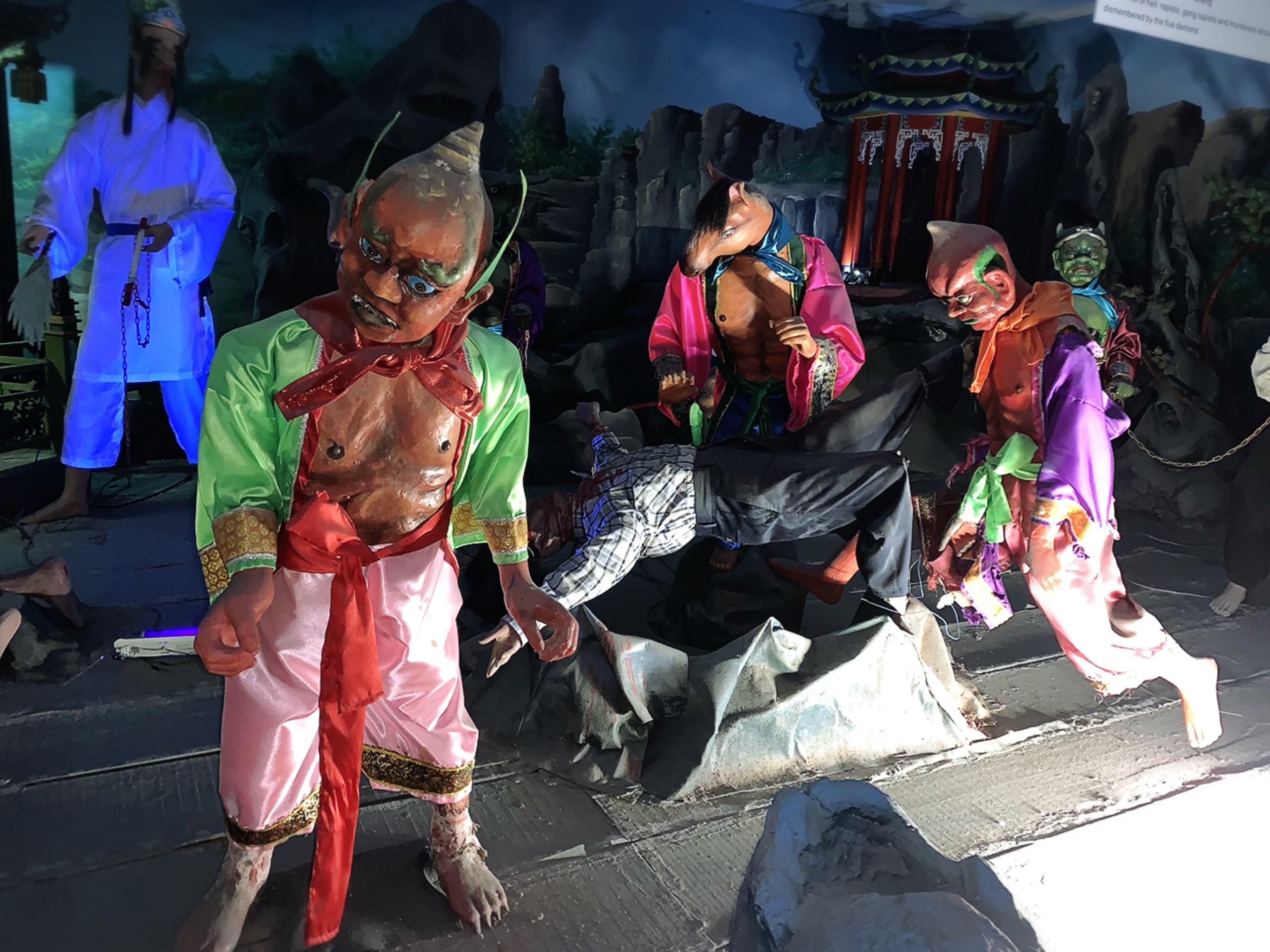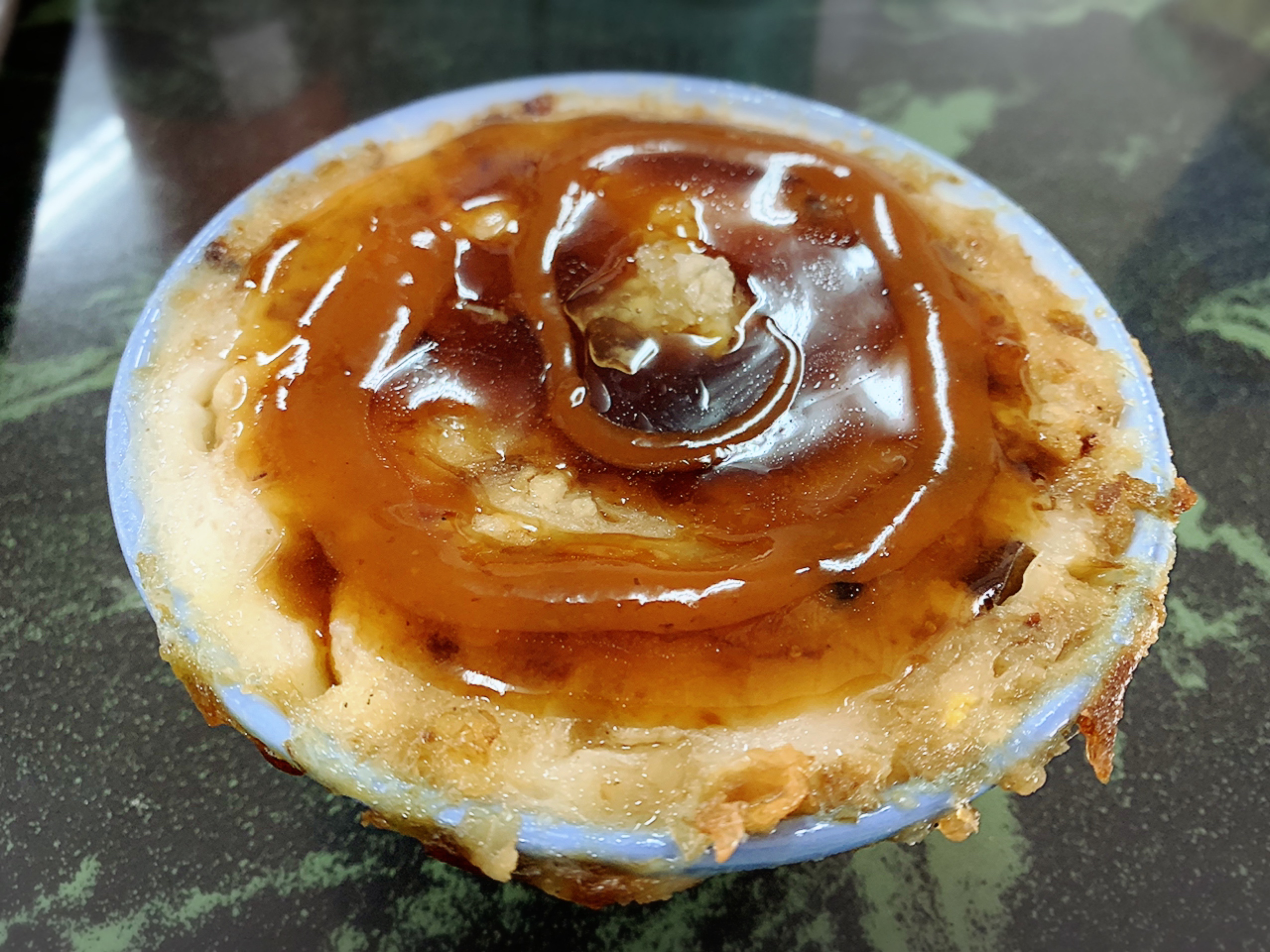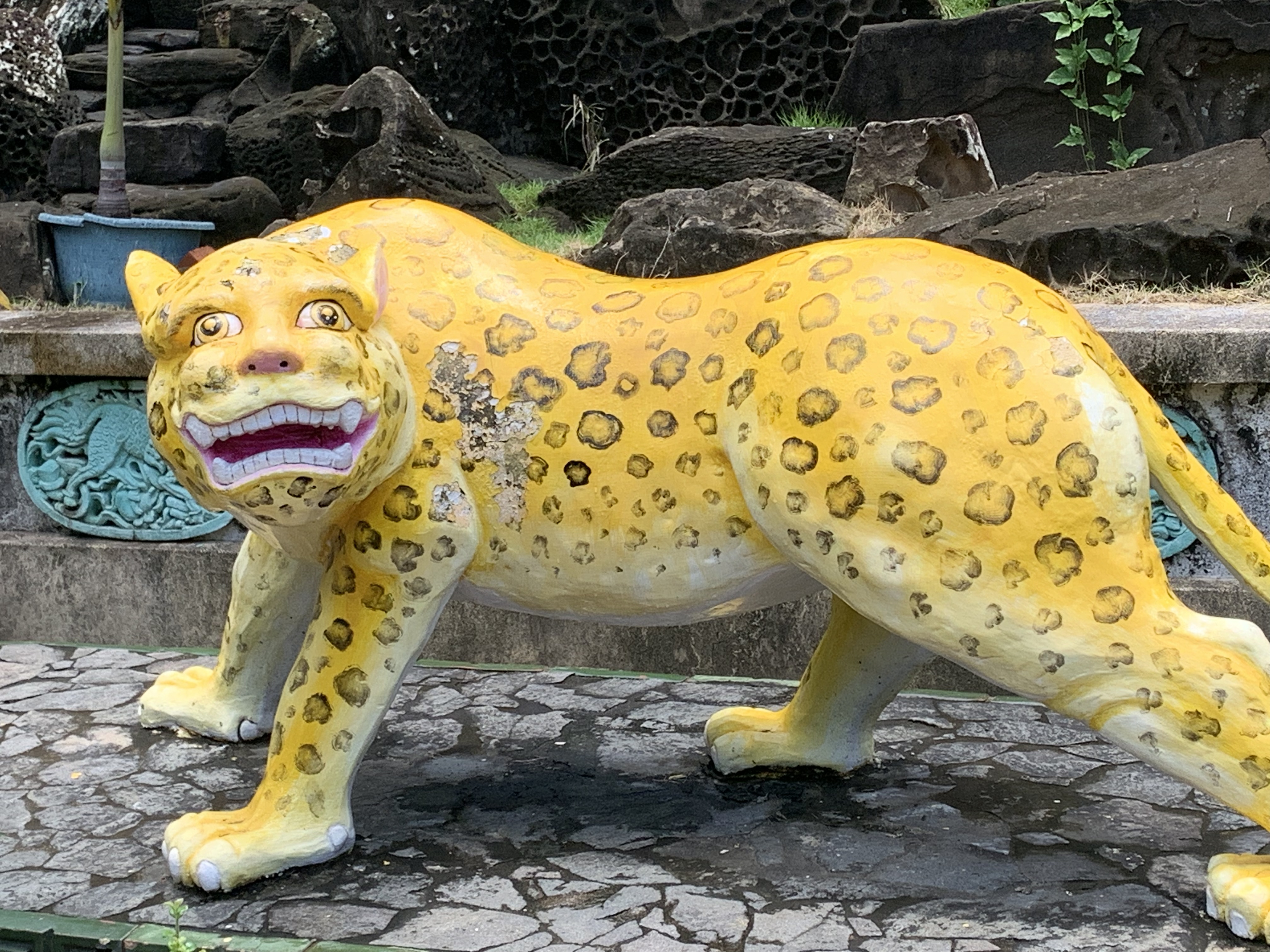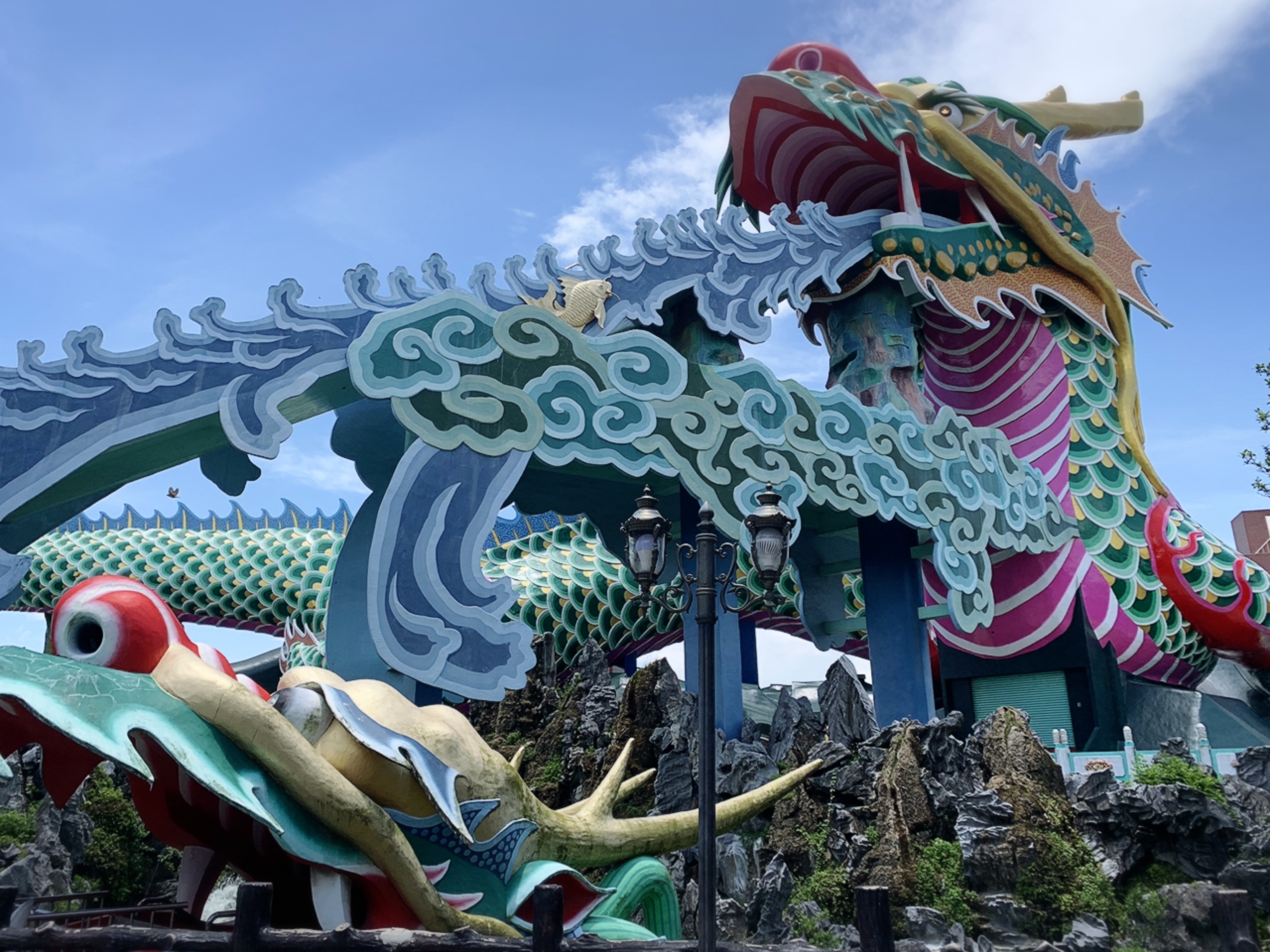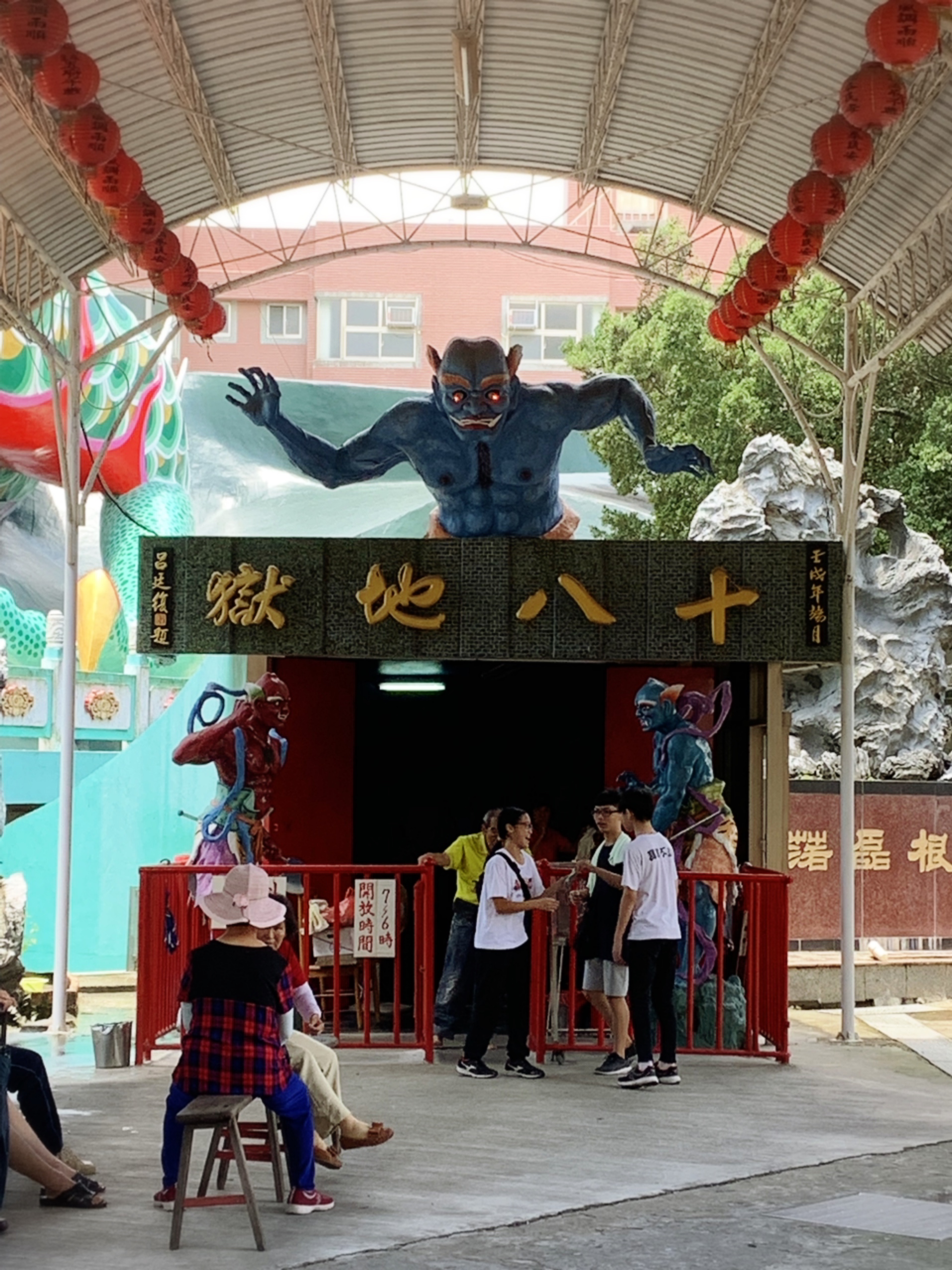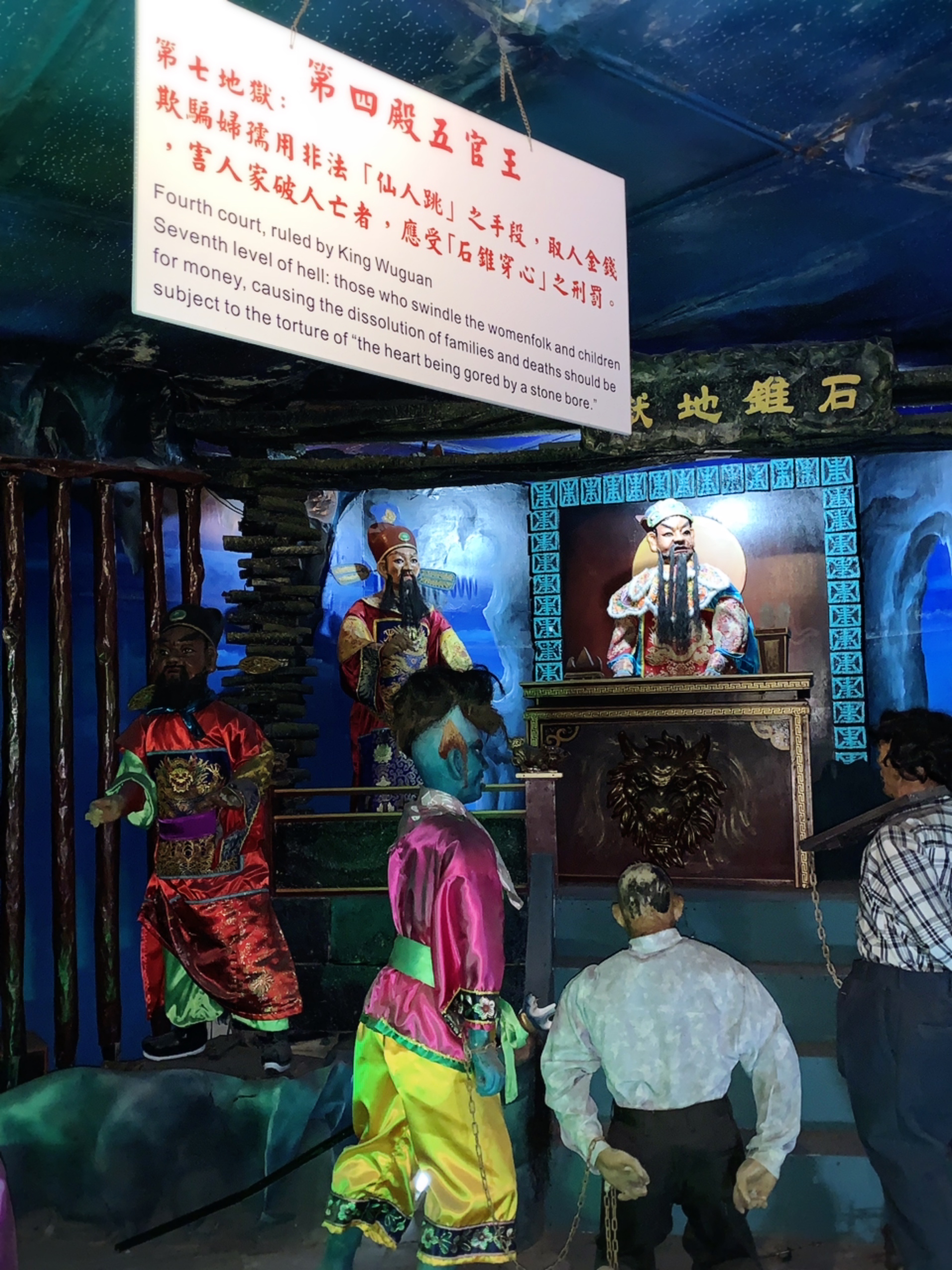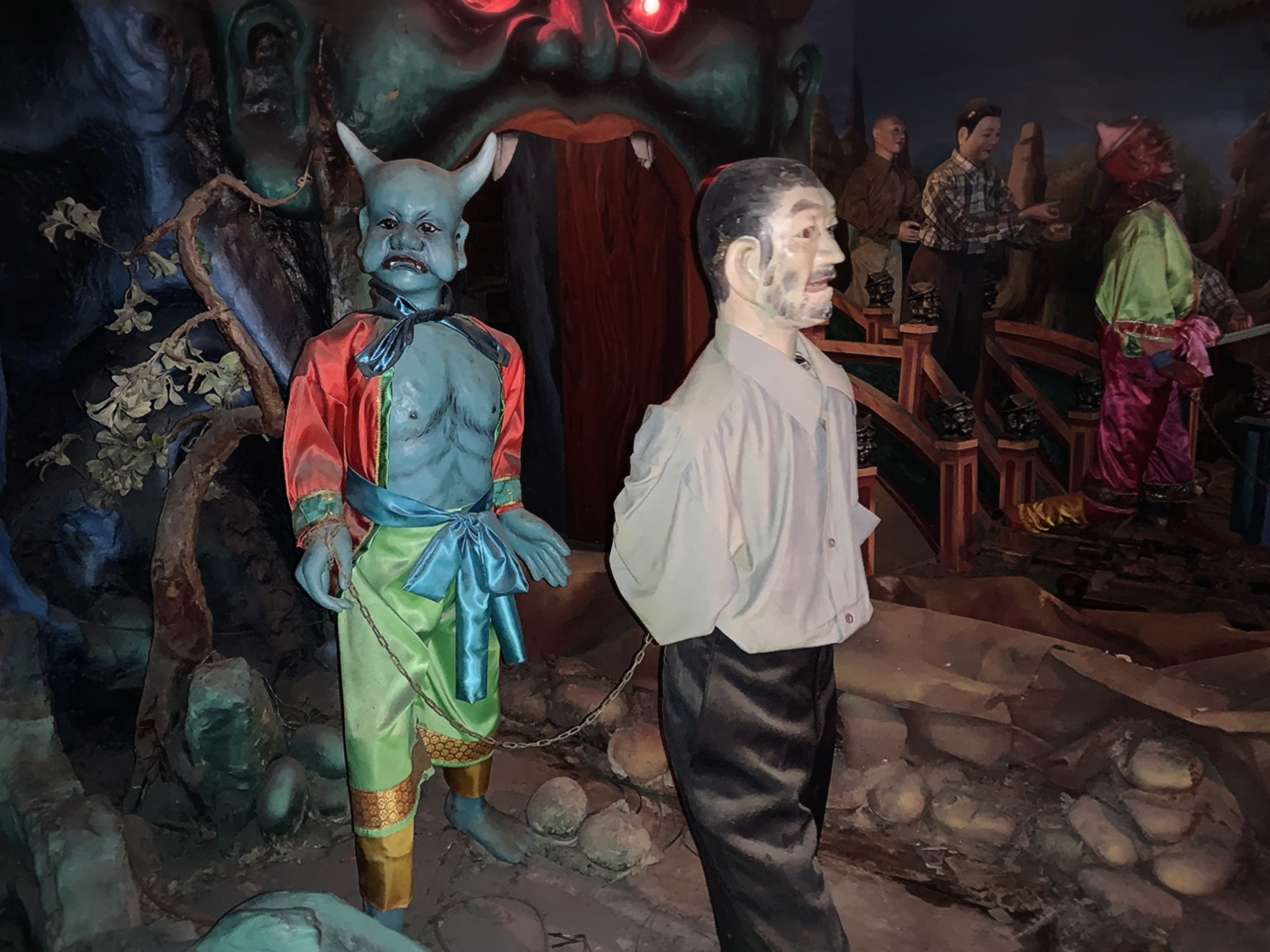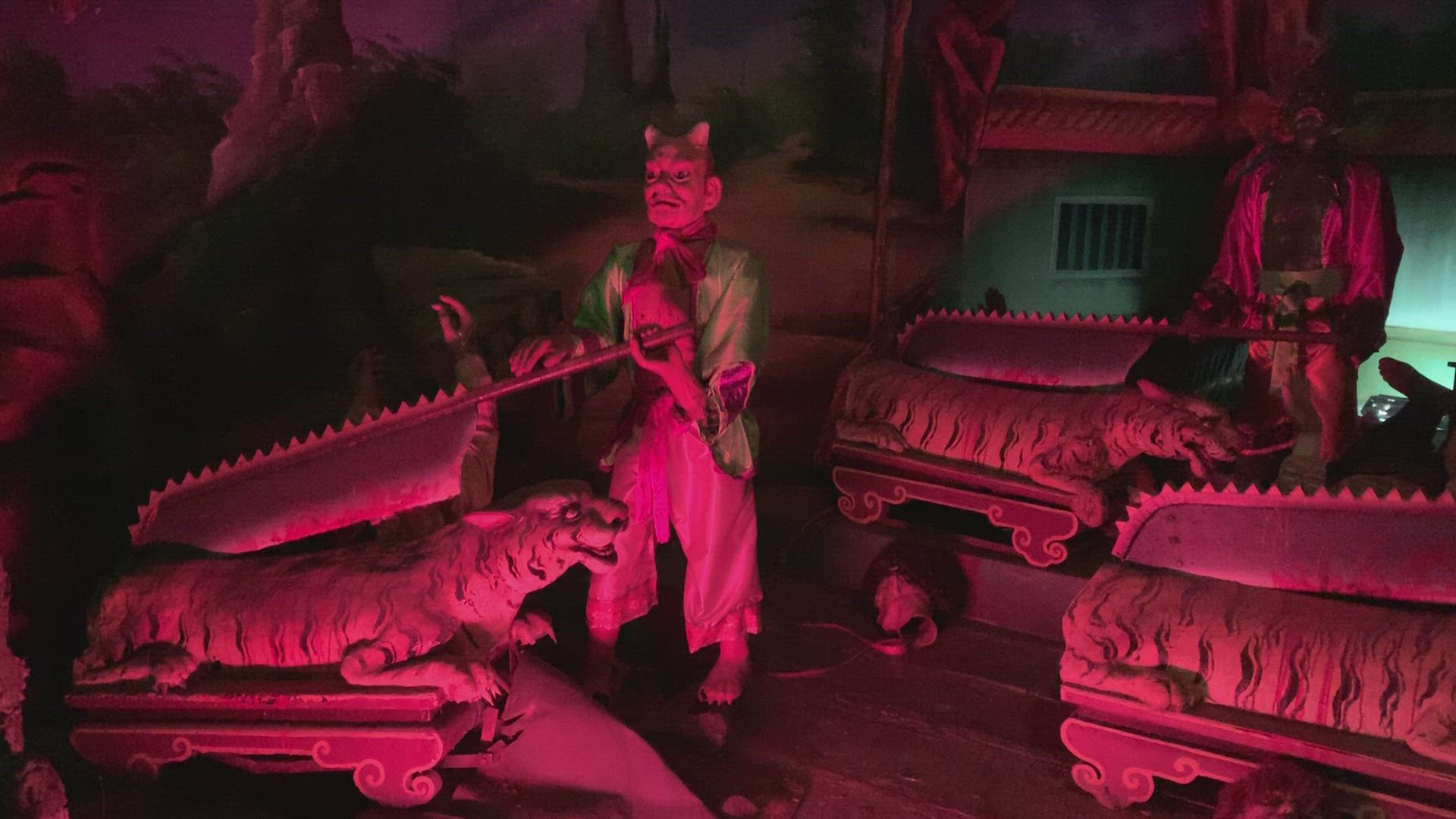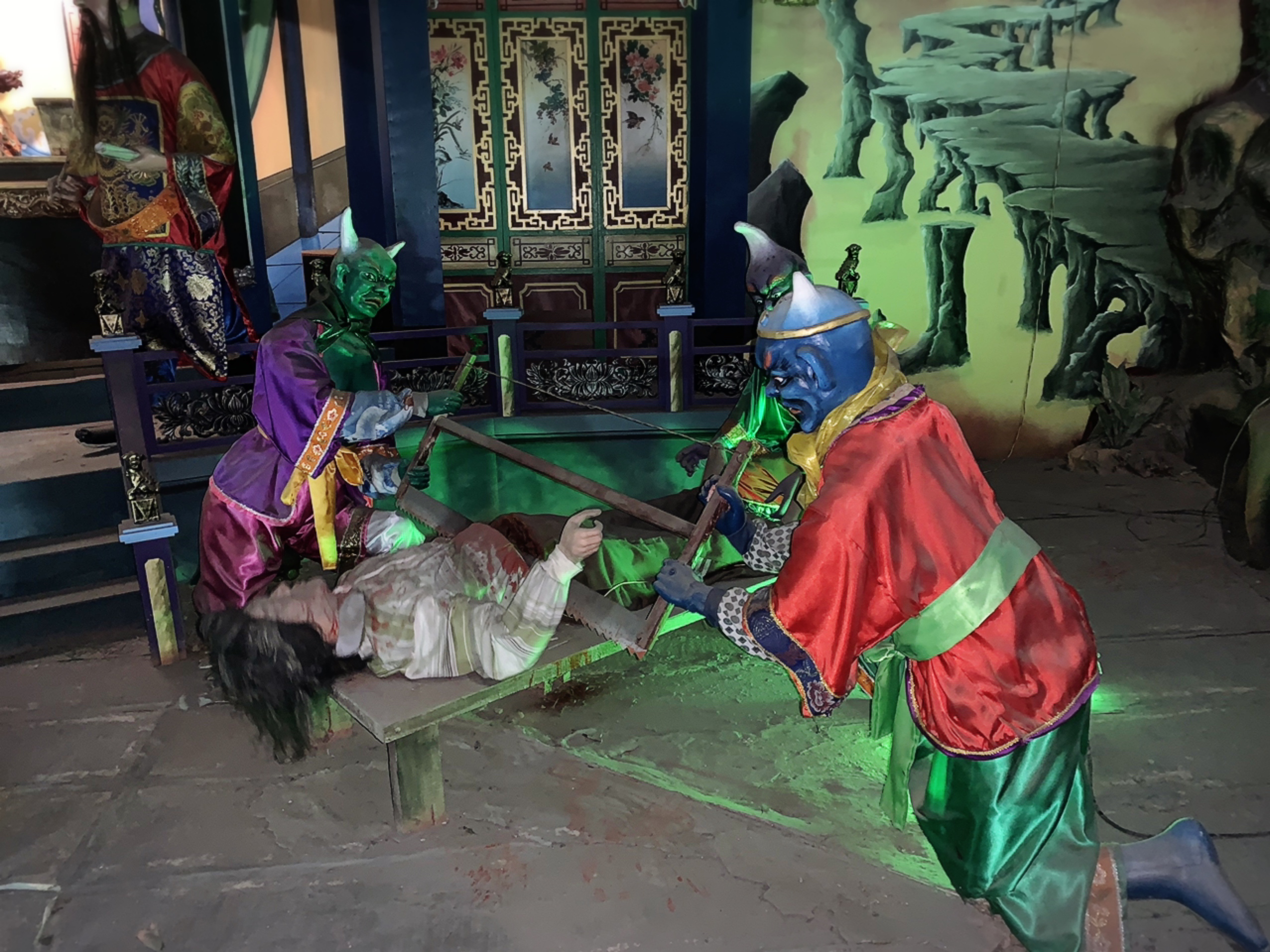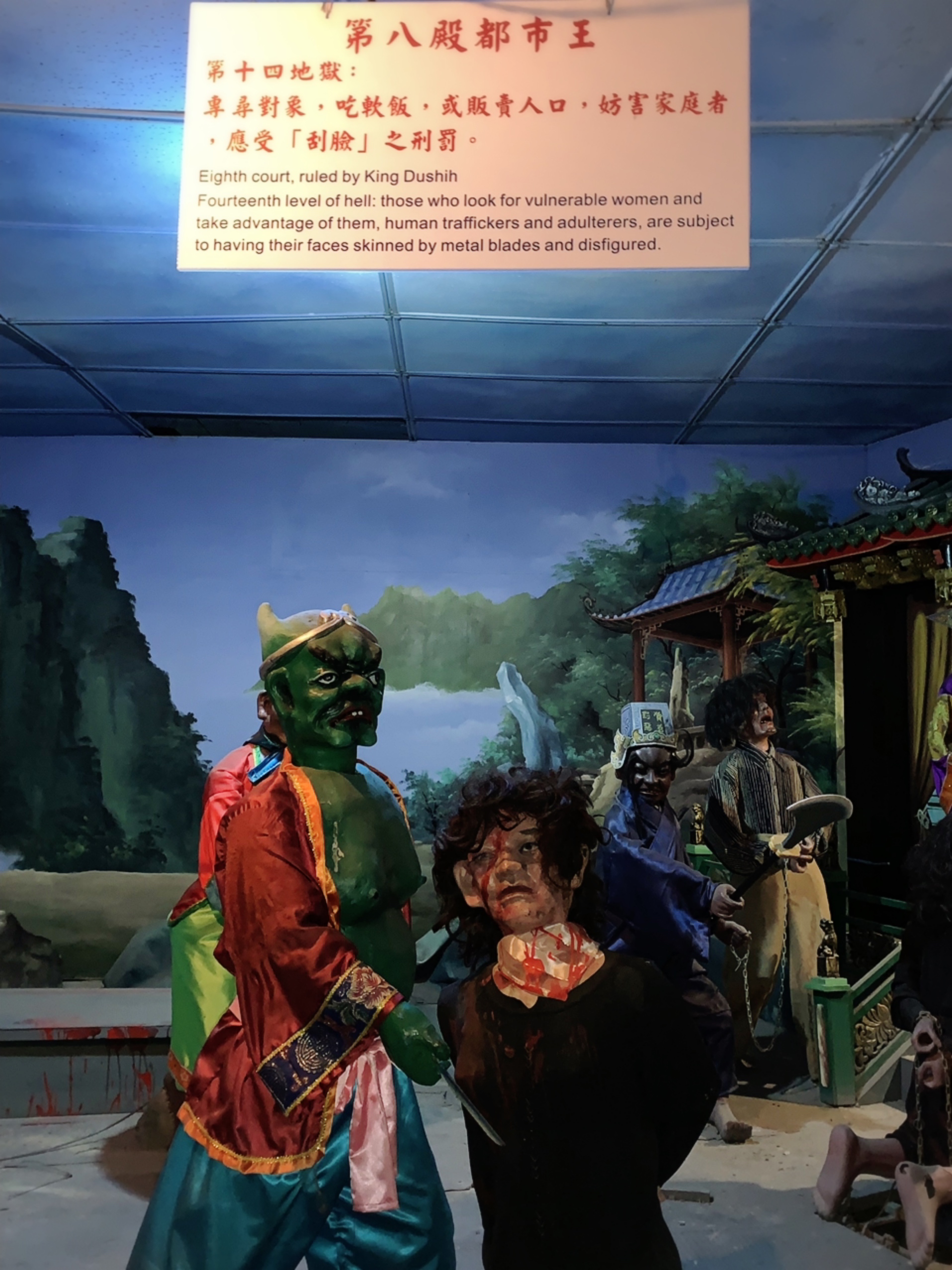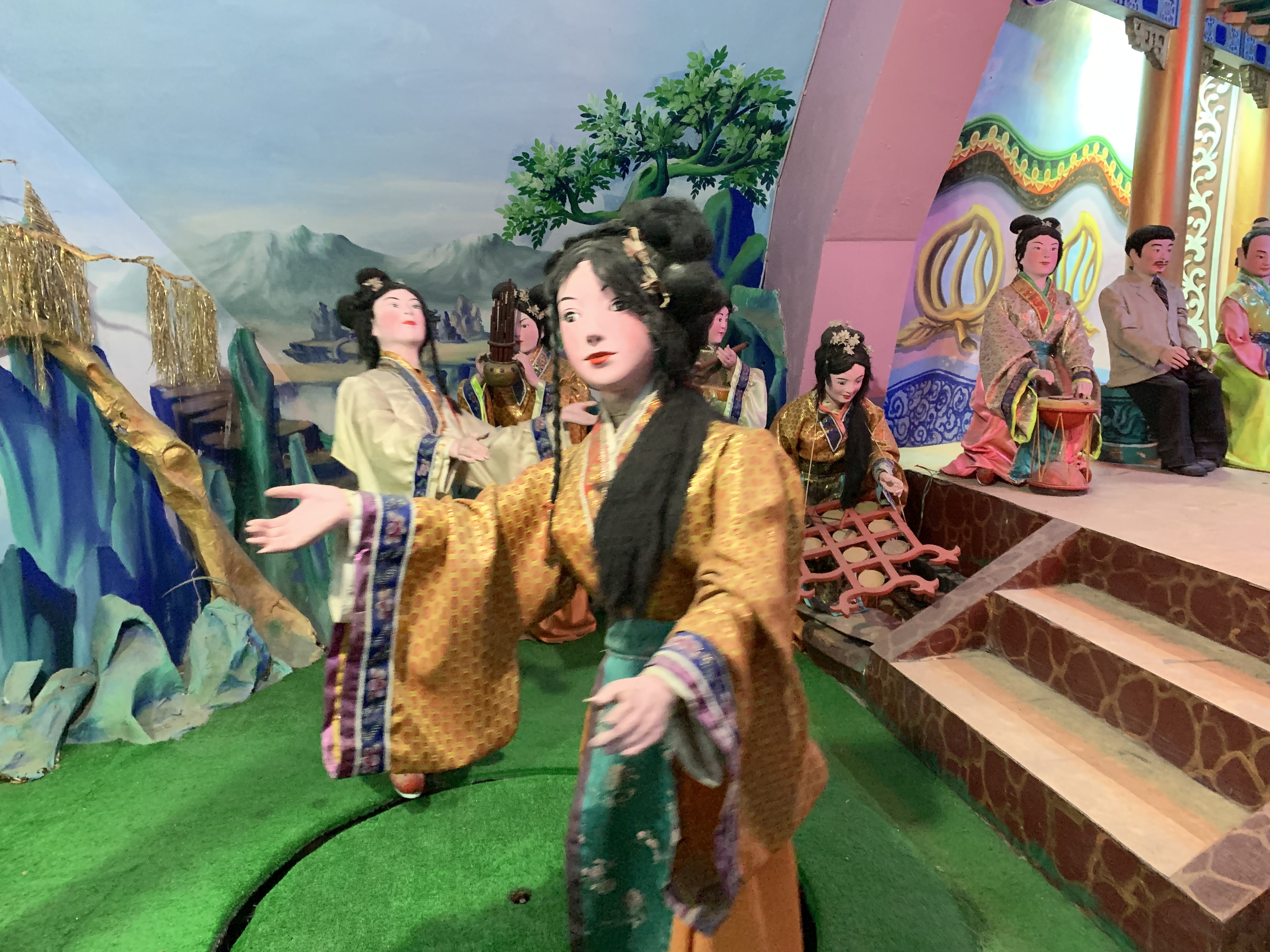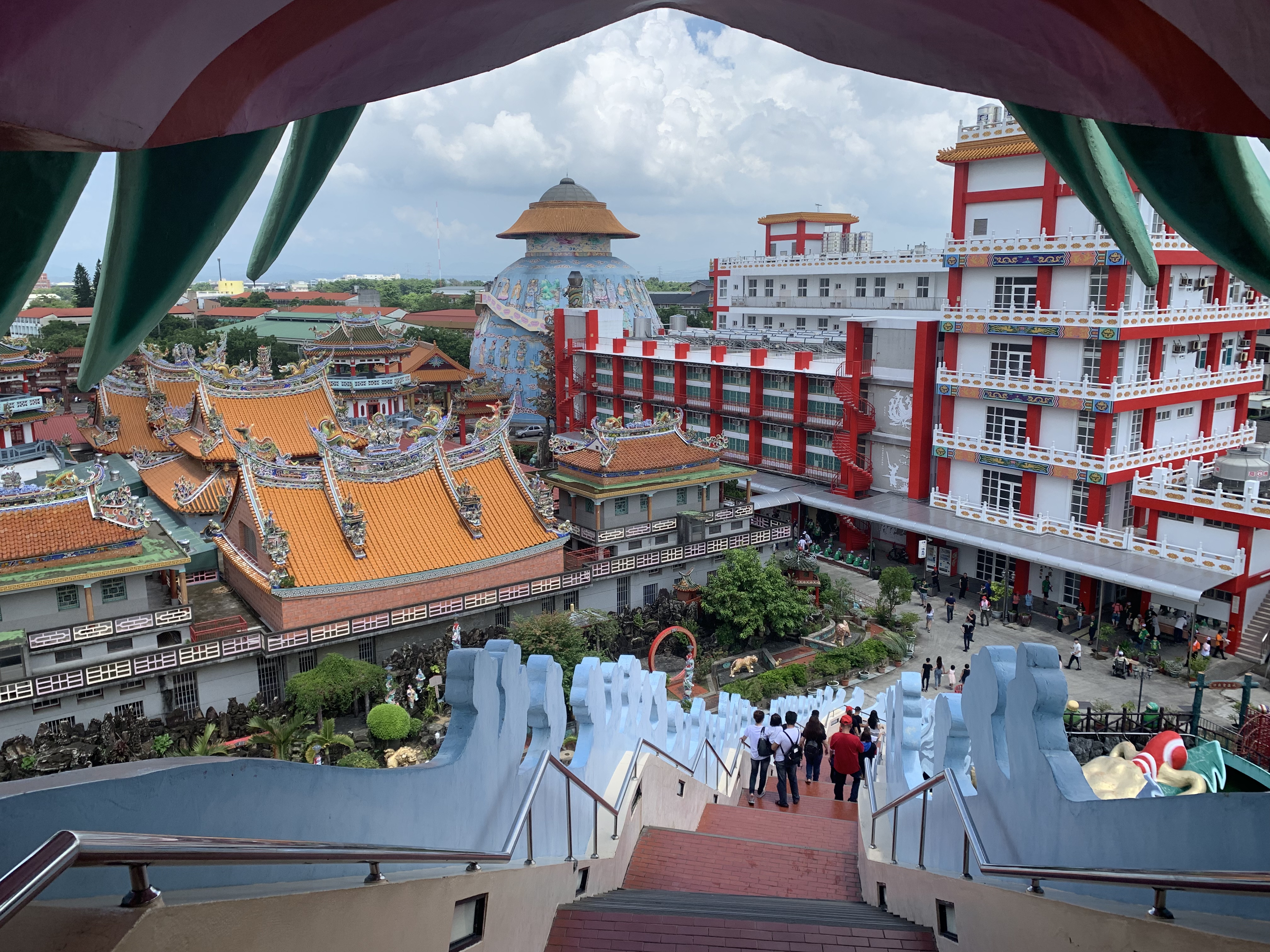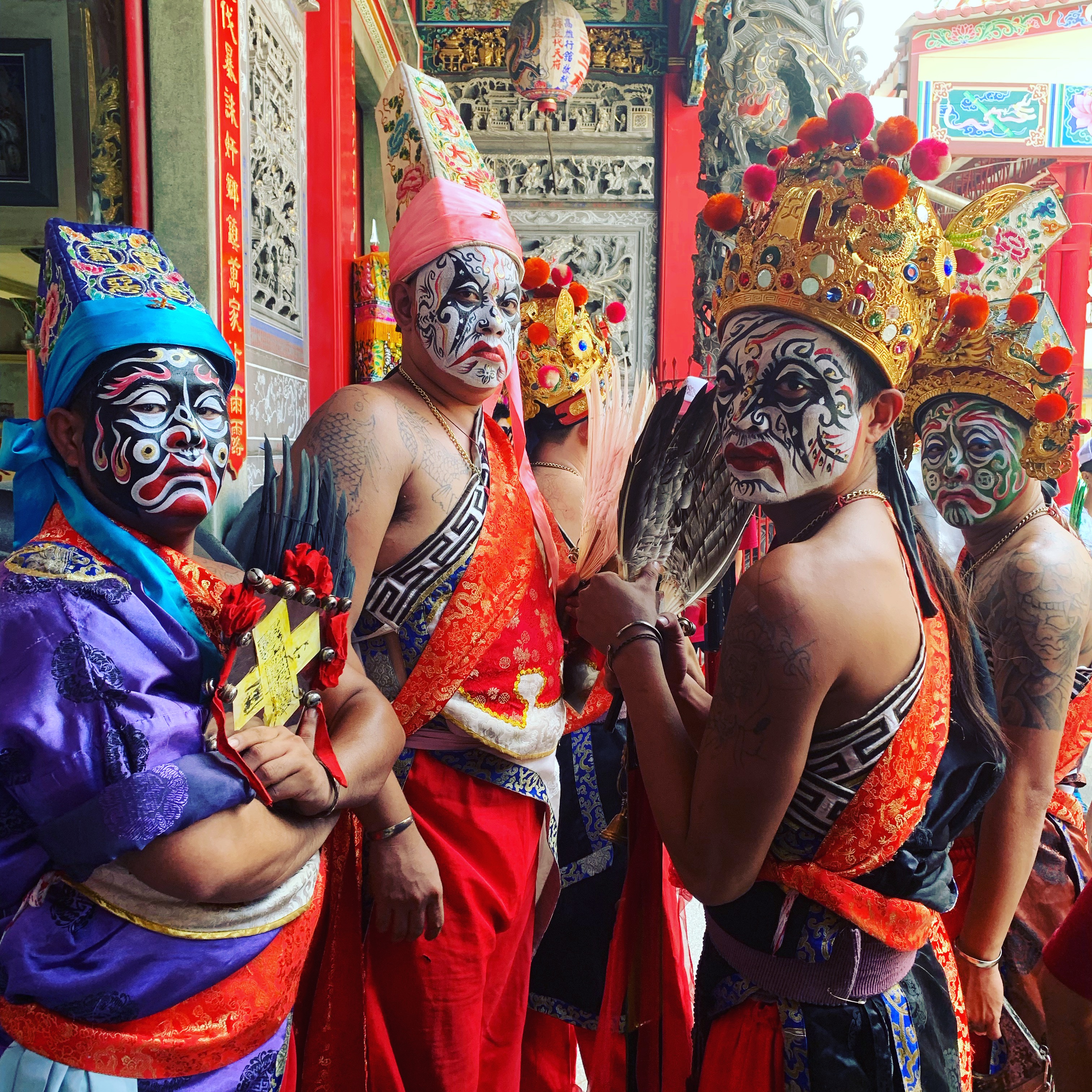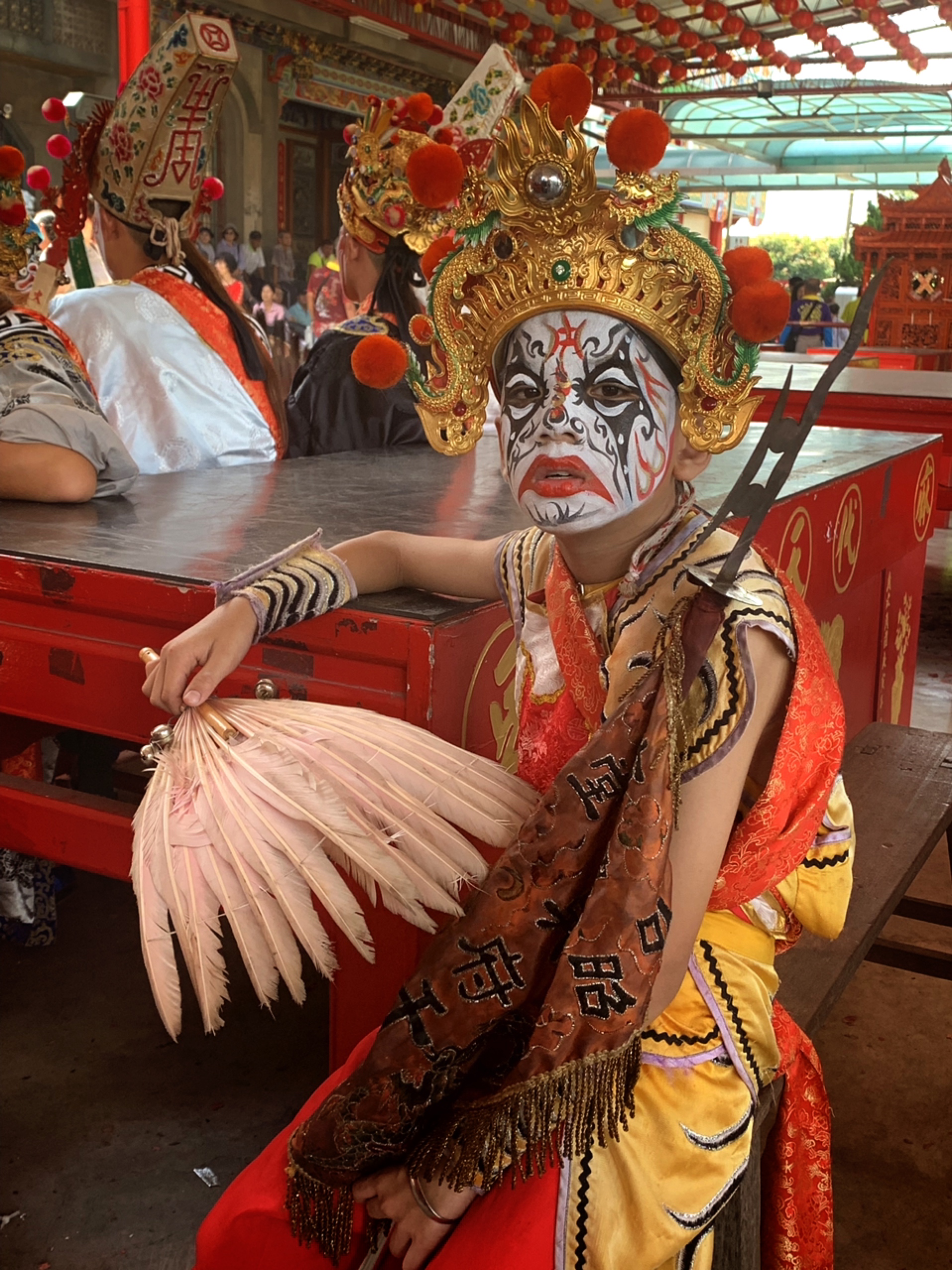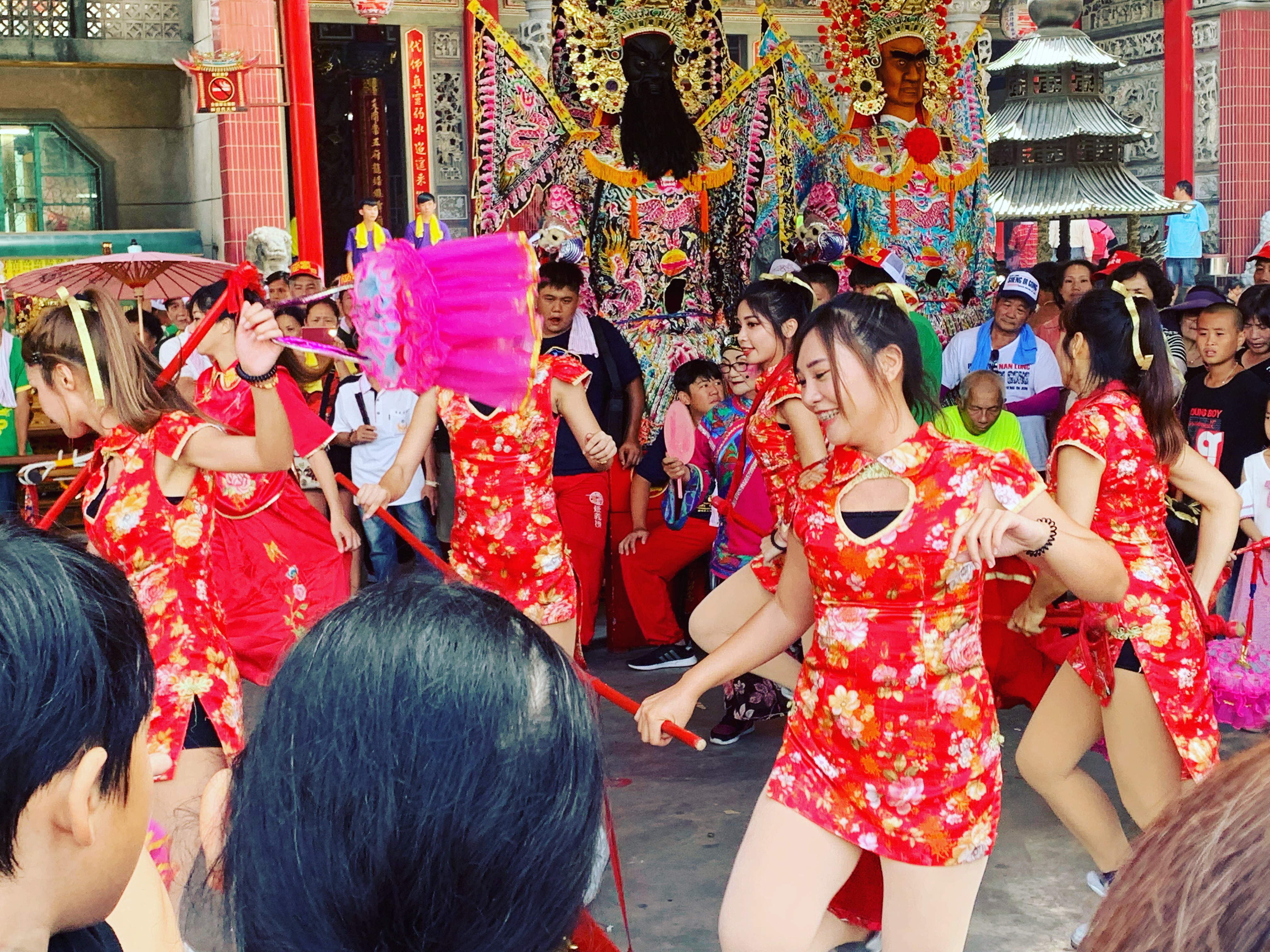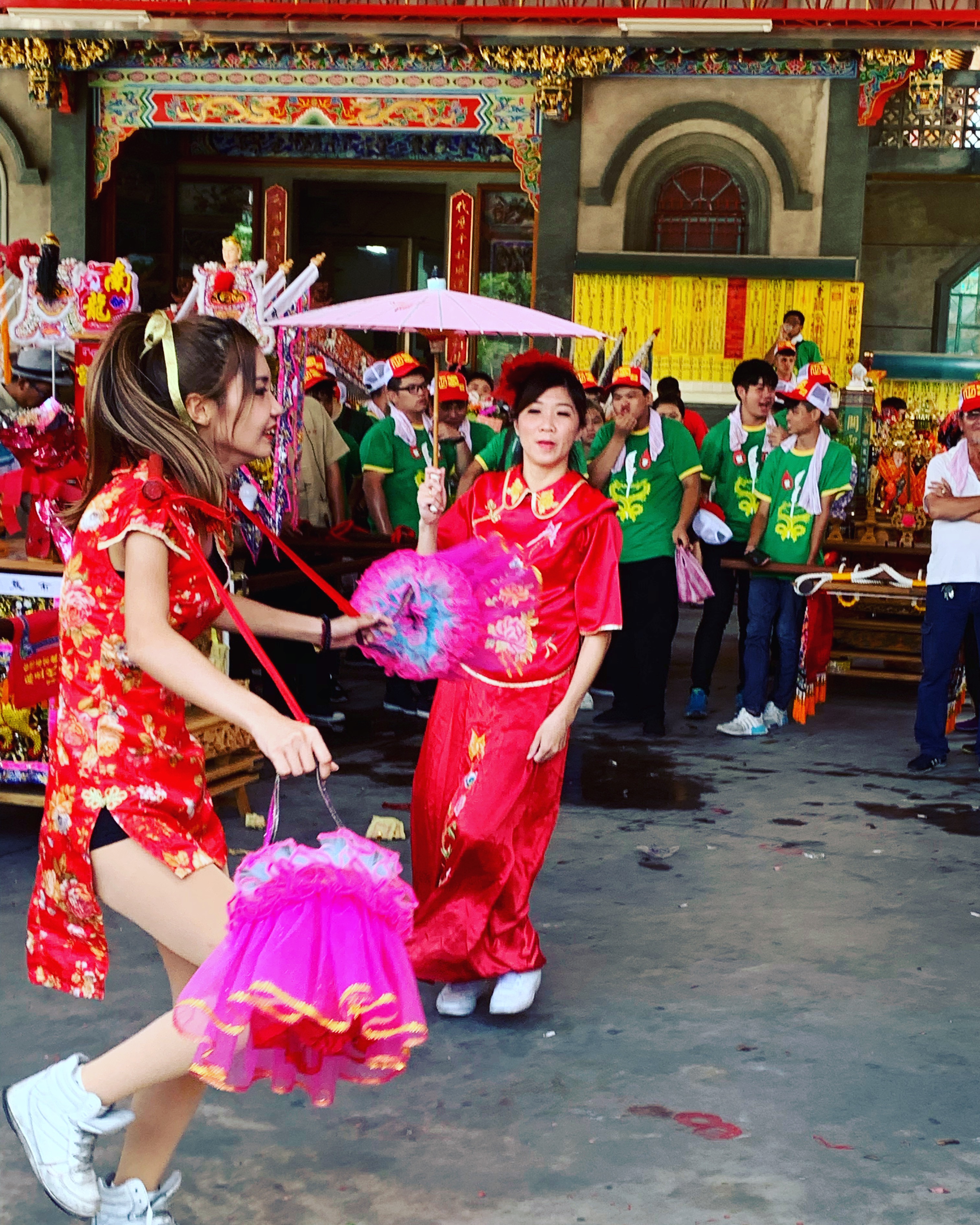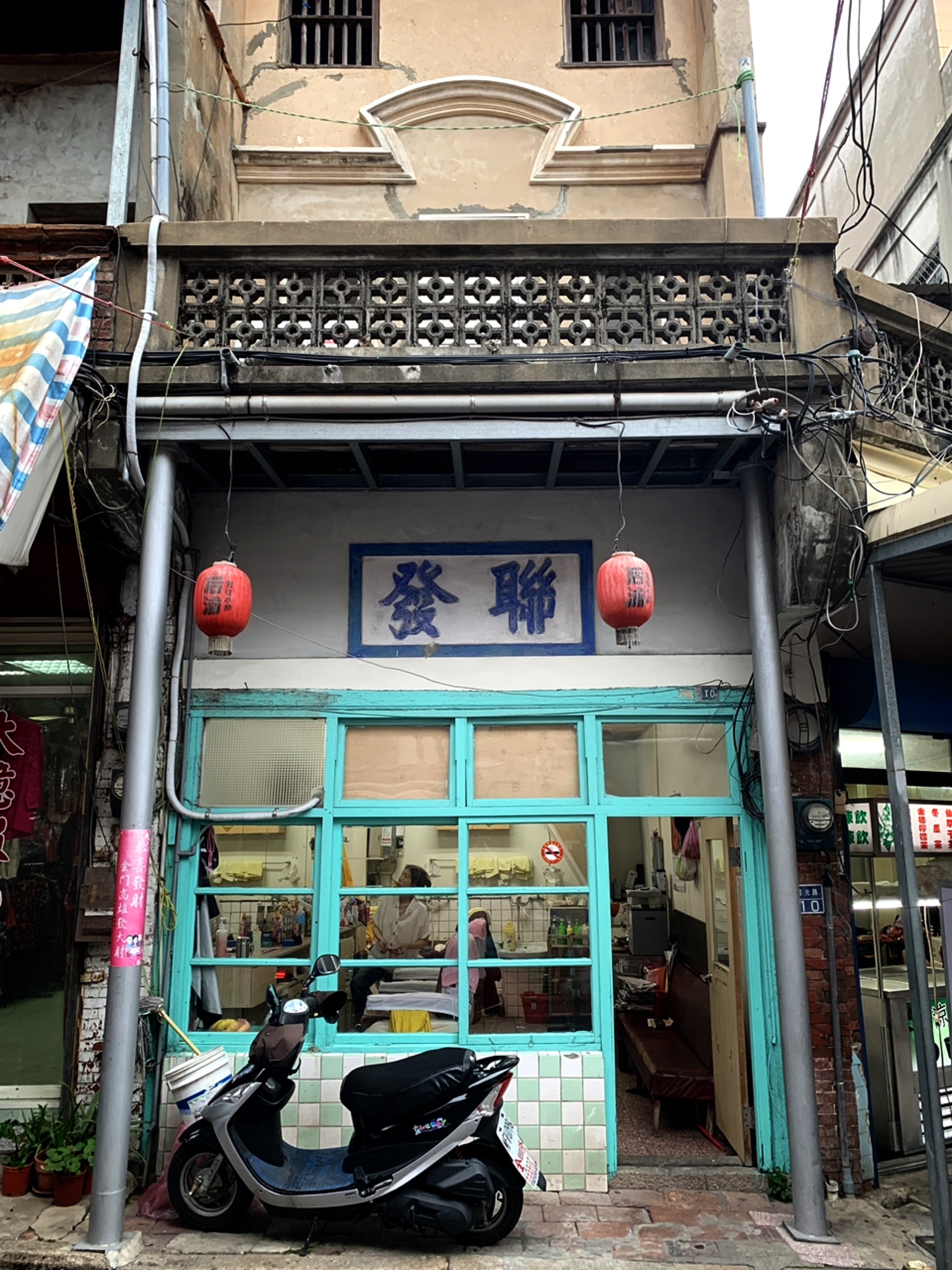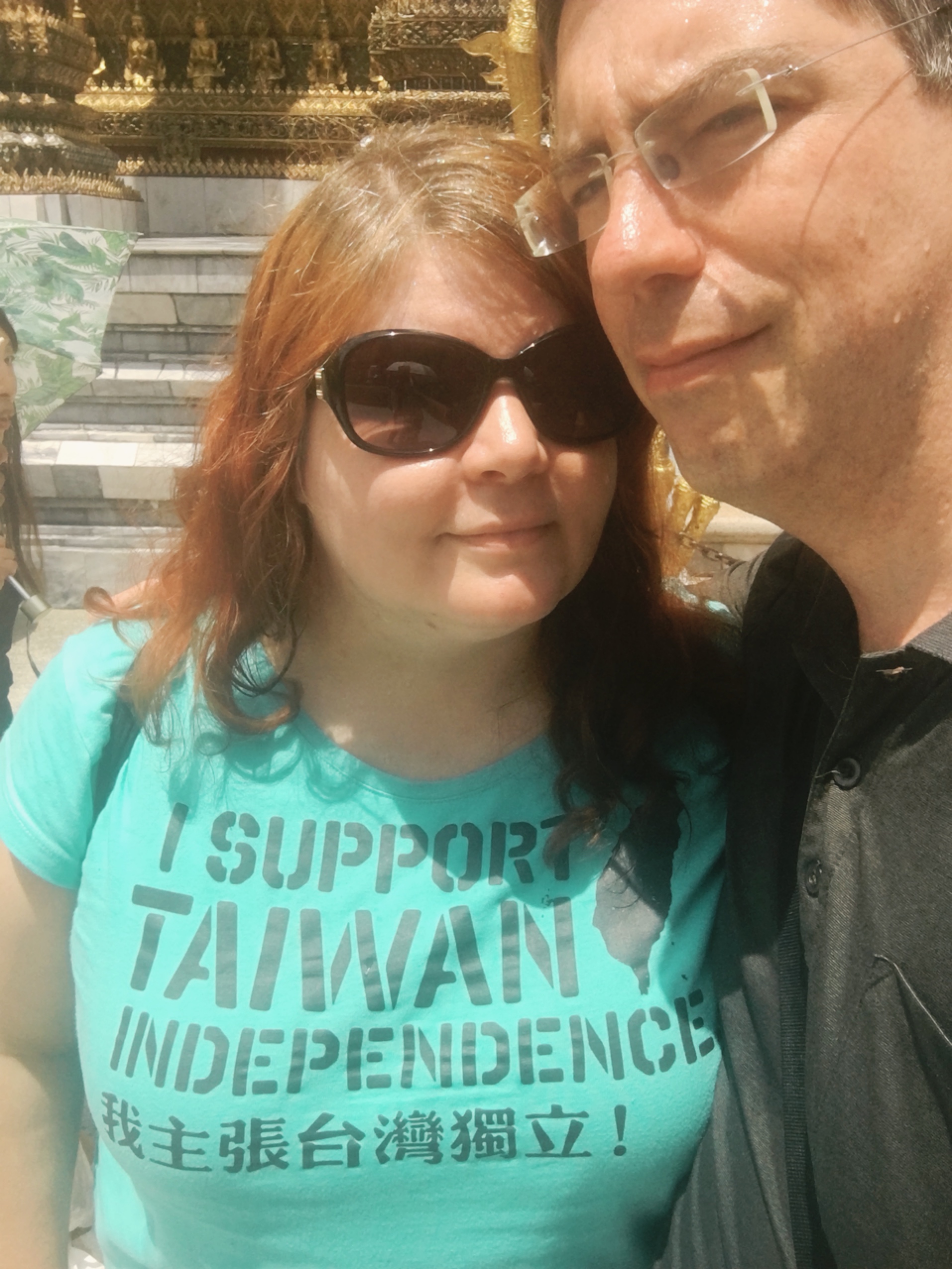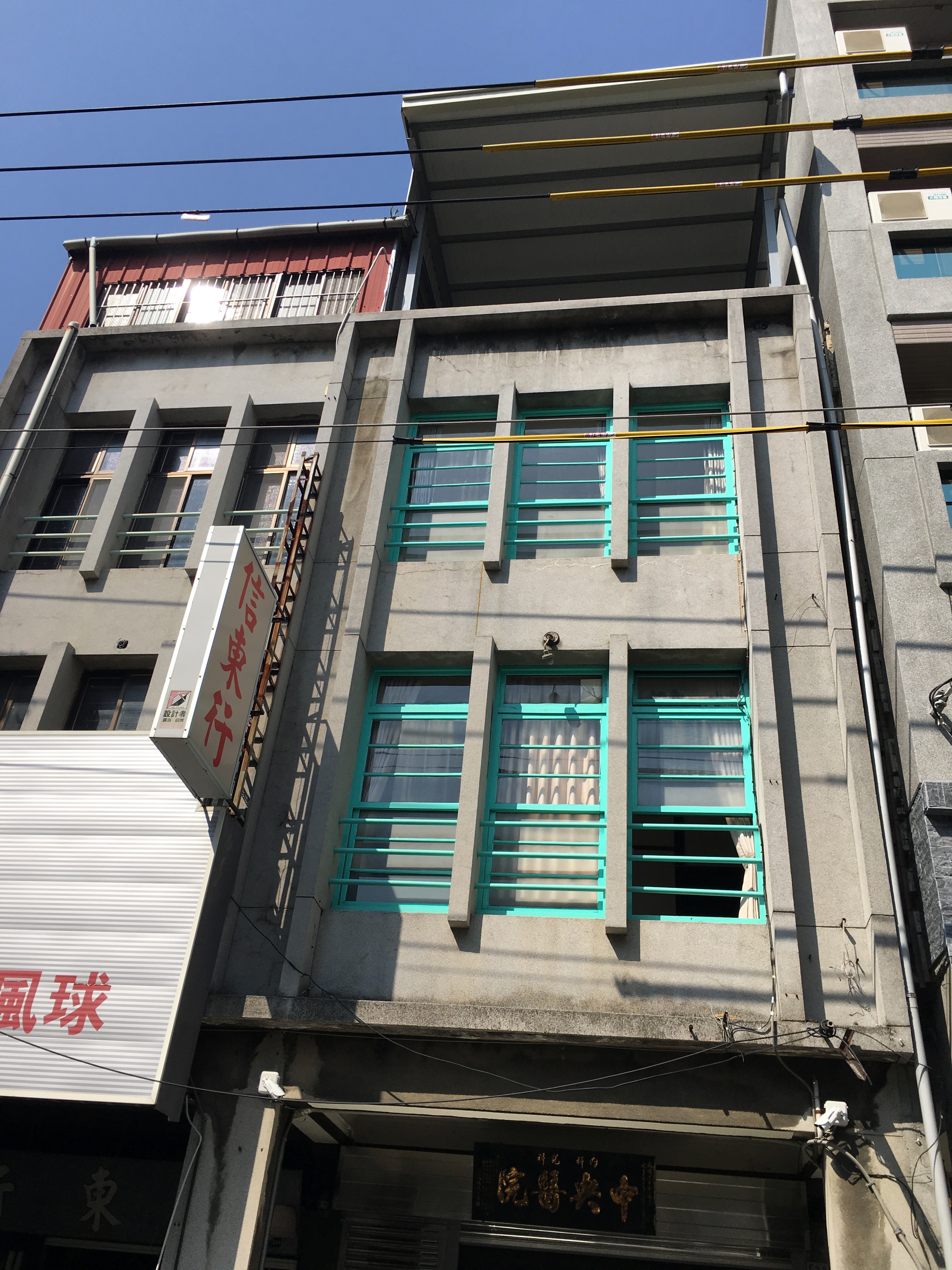 |
| I hope you enjoy my terrifying gif |
At a wedding this past weekend, some friends and I were discussing anxiety, perception and the state of the world. Someone pointed out that most global indicators (except climate change) have in fact been improving: crime rates in previously high-crime areas, global extreme poverty, overall rates of conflict, child labor, child mortality and global income inequality - these are all on the downswing. Life expectancy, productivity (and even leisure time, though it doesn't seem like it), access to electricity and clean water, percentage of people living in democratic nations) are all on the rise.
In short, we didn't know that things were much worse back then, because we didn't have access to the kind of news coverage we do now: so much so that what we are able to know about current affairs far outstrips our ability to take any meaningful action regarding it. (Well, hello Xanax. How are you today?)
Okay, great. But then why do things still feel like they're getting worse? It's not that the argument above is too abstract - I'm quite capable of hearing that overall crime rates are lower than when I was young and the world seemed safe and taking it into account, even feeling a little soothed by it.
It's that the specific situation we're actually living through in Taiwan and Hong Kong is in fact getting worse.
In other words, it's not that the livestreams from Hong Kong I was glued to last night, in which white-shirted gangsters thought to be in collusion with the Beijing government attacked protesters, made me think that the whole world was spiraling toward Hell and none of those positive indicators above mattered. It's that in the specific part of the world where I live, this is the new reality, and it's not looking good.
In Hong Kong and Taiwan in 2014, while gangsters caused trouble for the Occupy Central protesters in Hong Kong and attempted to do the same in Taiwan to the Sunflower Movement and other protests, at least in Taiwan there was a modicum of police response. Though even that seems to be growing more rare: in early 2017 the police protected Hong Kong activists who'd come to Taiwan for a form hosted by the New Power Party, but by late 2017, they didn't seem to be responding much at all to random gangsters beating up protesters. By 2018, there were questions about how close the gang-affiliated associations thought to be sending these thugs really were with the Taiwanese police, and it's already well-documented that they have ties to Beijing and pay protesters (and presumably thugs) to create nuisances that they themselves don't want to seem directly involved in. The whole "China hires gangsters to do their dirty work" is not at all new.
Beijing's actions - and attempts at forcing both Hong Kong and Taiwan into submission - are also getting more obvious. Just a few years ago, it felt as though Beijing was still making a serious yet flawed attempt to at least present a veneer of a workable "one country two systems" framework. It was always a bad deal and nobody bought it, but it had a vintage sheen of politesse. It was ultimately meaningless but at least provided Taiwan and Hong Kong with some maneuvering room to provide some meaningless verbiage of their own as their way of saying "no thanks". Yes, they kidnapped and attacked booksellers in Hong Kong, they erected an entire tourism industry and tried to make us believe it was vital to the economy (it wasn't) only to take it away the moment Taiwan elected someone they didn't like. They've always had ties to certain gangs and alliances in Taiwan and tried to push through their agenda via a Ma administration amenable to their demands.
But Ma was a pro-China president, not a president maneuvered into place by China (though certainly they supported those who supported his candidacy). China attempted a stronger media presence as well, and were rebuffed. If things seemed critical before the Sunflower Movement - and they also seemed critical for a period in 1996, but China was a lot less powerful then - there were inspiring anthems and 2014 and 2016 elections to look forward to. In 2014 there was still a shred of belief that Hong Kong police served and protected Hong Kong citizens, and their presence was not a reason to feel unsafe per se.
Now, in Hong Kong the government just outright calls protesters "rioters" (for a little spray paint and broken glass, and breaking an approved protest route but attacking no one unprovoked) while not mentioning thugs committing actual violence that seem increasingly likely to have been hired by Beijing or pro-Beijing proxies. They attack protesters as though they are criminals. Chinese officials call pro-independence supporters in Taiwan "war criminals" - as though that is even possible. When a majority of a population believe something, that's not a "war crime", it's public consensus.
One candidate for president in Taiwan is a straight-up literal Manchurian candidate, and he's freakishly popular in that weird brainwashy way that Trump seems to be - people loving him for his rhetorical style and not caring that there's no substance behind it. You know how in Snow Crash, people would start randomly uttering syllables that were presumably ancient Sumerian, and follow directives based on them, due to some sort of neuro-linguistic virus? Well. (I suspect pro-China types are simply paid). Even scarier? He might actually win.
And now, in Taiwan, years after the anti-media monopoly movement, few imagined that pro-China forces would stop attempting to openly buy Taiwanese media outlets, but rather that Beijing would simply infiltrate the ones that already exist and give direct orders to their editors. That they'd have them publish pro-China garbage directly from the Taiwan Affairs Office without even bothering to change the characters from Simplified to Traditional Chinese:
In today's Apple Daily: 23 Taiwanese media websites reposted "word for word" an article critical of Tsai Ing-wen from 中国台湾网 (https://t.co/FoAnpt4AM0), the official site of China's Taiwan Affairs Office. The reposting didn't even bother to convert from simplified. pic.twitter.com/iFcRMa8S7V— Ketagalan Media (@KetagalanMedia) July 12, 2019
You could say the bad guys are getting sloppy, not things getting worse, but I read it as the CCP just not caring anymore - they've realized that with all of the tools used to foment instability in the US (fake news, rallies at which speakers spout meaningless but exciting populist garbage that stokes discontent and chauvinism, trolling, both-sidesism and using the fourth estate's commitment to freedom of speech against itself) and with a particularly Chinese element of paid thugs + plausible deniability, that they don't need to be sneaky or clever about it anymore. They can just be aggressive dicks.
How can I look at all that and say "things are getting better"? Sitting in my Taipei city apartment and knowing that what's happening in Hong Kong is China's plan for my own city in just a few short years, the two ideas simply do not reconcile.
The obvious answer is that things are getting better with the exception of this regional strife - that the world is a better place, there are fewer conflicts overall, and this one is relatively contained: it only dominates my thinking because it's happening in my part of the world.
But that doesn't square either. In fact, a lot of things are getting better in Taiwan - just not the China issue. Taiwanese identity and independence remains higher than it had been in previous decades despite some fluctuation. Transitional justice is finally a thing that's really happening. I would argue that Tsai, while imperfect as all leaders are, is the best president Taiwan has ever had (and might write an independent post to that effect). While progress is slow, indigenous issues are gaining traction. The economy is actually pretty strong, considering the global economic situation. The state of journalism is a perpetual concern in Taiwan (when it's not straight-up fabrication or editorializing, or disproportionate coverage with an agenda, it's trash like "Ko-P farted in public! News at 11!"), but there is still robust public discourse to be found.
No, what worries me more is that, both globally and regionally, whenever a bunch of statistics are put together to show us how much better things actually are now, they always seem to come with caveats, and those particular caveats are exactly the deeply serious threats that can sink everything else. Even looking at the two articles I linked to in the beginning, they mention the squeezing of the middle class (even alongside the other benefits of more porous borders) and the decline of liberal democracy as two things that are going in the wrong direction (and the latter, as I hope I've shown here, is entirely intentional). I'll go ahead and add climate change to that list because...duh. There's also an argument to be made for free markets - by which I do not mean capitalism as it currently exists - but I won't go into that here.
But aren't all of those other improvements we've seen in the world attributable in part to the rise of robust middle classes in developed and near-developed countries, the beneficial effects of liberal democracy which ostensibly aims to benefit all people rather than enrich a few, and stable climate patterns around which economics, human health and agriculture can be planned? Aren't these three things - income equality and upward mobility, liberal democracy and the natural surroundings we build societies in - not so much just three more indicators in a sea of indicators, as the platforms on which all the other indicators rest, and on which they are contingent?
Taiwan and Hong Kong are perhaps particularly threatened by all three. Income inequality in Hong Kong is a major issue; it's not nearly as bad in Taiwan but still a problem, mostly due to low wages. Even so, the KMT has done a fantastic job of convincing Taiwanese that it's a massive issue unique to Taiwan that only they can fix, rather than a global trend we can only hope to mitigate, not obliterate, even when economic indicators are strong. Climate change? Well, both places are island/coastal, in tropical and subtropical typhoon-prone, so of course that's an issue.
Most importantly, however, it can be argued that no other places are threatened as deeply by the undermining of liberal democracy as Taiwan and Hong Kong. Yes, foreign interference in the US political system is an issue, but the perpetrators - China, Russia, home-grown fascists, whomever - aren't actually trying to take over the US or wipe it out as an independent entity (they just want to destabilize and supplant it, or render it irrelevant). China is trying to annex Taiwan and has the legal means to wipe out any vestige of freedom or liberalism in Hong Kong already. The US can probably survive attacks against it (though I'm less sure about the rot from within), though potentially weakened. Taiwan and Hong Kong may not survive at all - not as themselves, anyway. The intent isn't to destabilize Hong Kong or Taiwan, that's just a rest stop on the highway straight to takeover - a takeover that they are no longer as concerned with being non-violent. They want what they want by the end of the 2040s and our lives don't matter.
It's serious enough that you can consider such a statement not as random spitballing, but rather the gray area between speculation and prediction.
The gangs they've hired before? A few stabbings and kidnappings? An attempt to purchase major media outlets? Those were just test runs. Perhaps seeing if they could get Hong Kong and Taiwan to give in peacefully, not put up so much of a fight. Lie back and pretend to enjoy it. That hasn't happened and won't happen. Now we're in the real war, and it's going to get worse.
And if Taiwan and Hong Kong stand on the front line between democracy and authoritarianism, then this is not a unique or regionally specific situation. It's a harbinger for the world.

